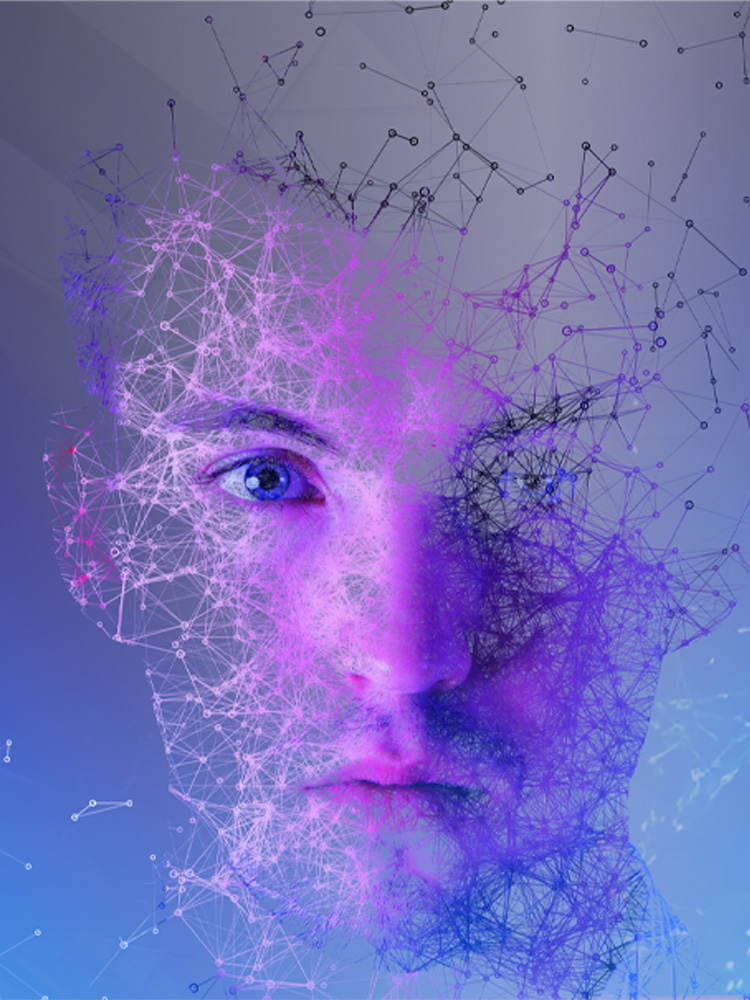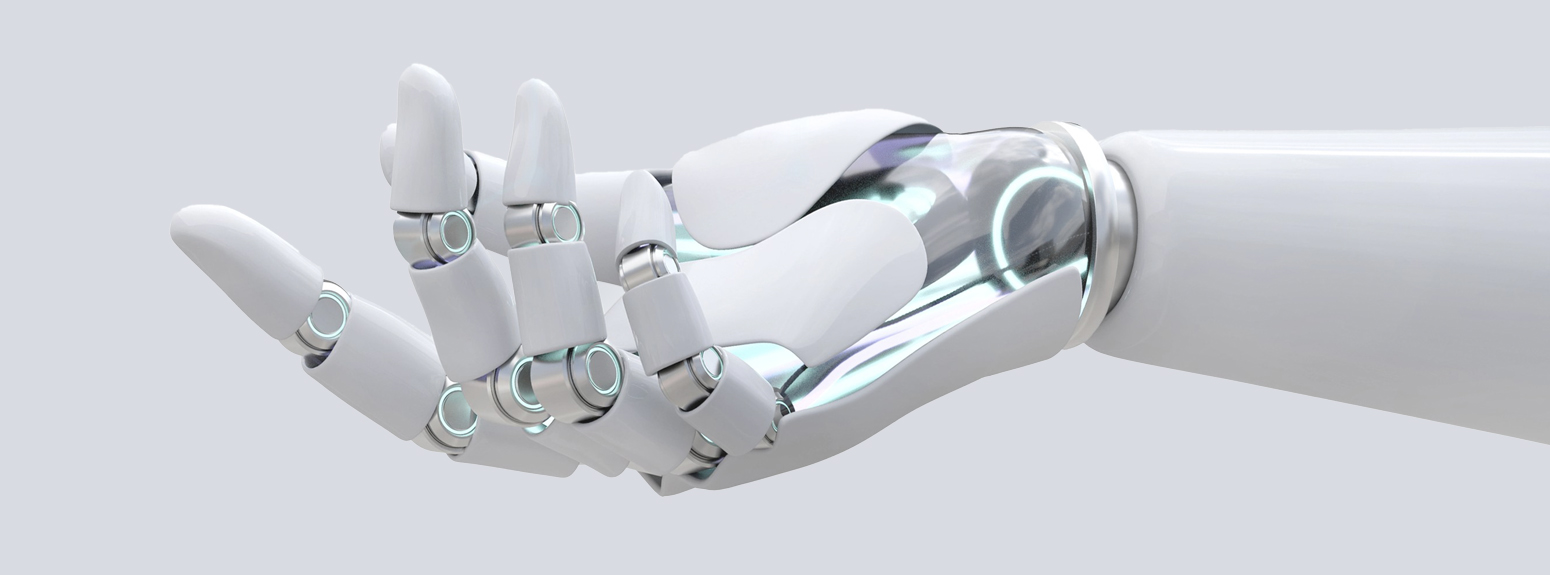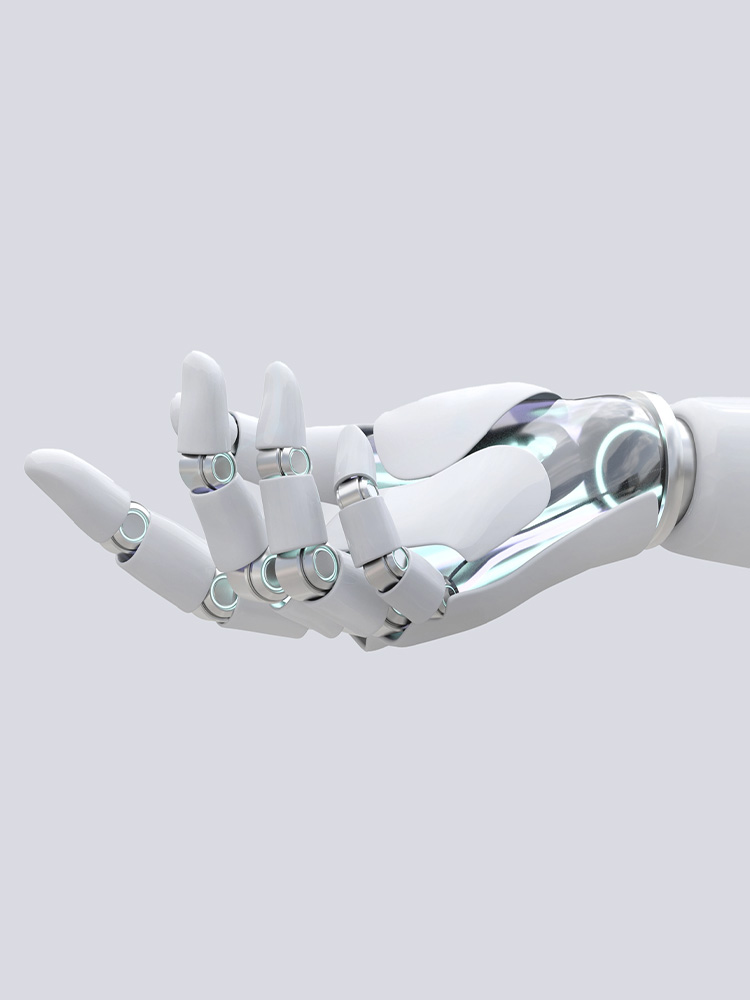Download the full Tech4Inclusion Xplore report
To go into detail how advanced technology can become a strategic lever for inclusion and growth in a company.
Report by Intesa Sanpaolo Innovation Center
Designing intelligent interfaces to foster inclusion and improve business performance. Read Tech4Inclusion Explore Report


Emerging technologies are redefining how we live and work, offering enabling tools to break down barriers, elevate talent, and create fairer, more inclusive environments.
Today, inclusion is no longer just an ethical matter; it is a strategic driver of competitiveness: organizations that can integrate diversity and innovation improve their performance, attract new talent, and build shared value.
The Tech4Inclusion Xplore report by Intesa Sanpaolo Innovation Center, produced in collaboration with Materias, examines how emerging technologies—from Artificial Intelligence (AI) to cobots, from Extended Reality (XR) to neural interfaces—can be designed by design to foster real, concrete inclusion. This approach not only addresses equity and social sustainability challenges; it also stimulates companies’ economic growth, aligning with the principles of Industry 5.0.
Emerging technologies are profoundly transforming how we live and work, offering effective tools to break down barriers, make the most of people’s talents, and create fairer, more inclusive environments. Inclusion, in fact, is no longer only an ethical issue but a true competitive advantage: according to a McKinsey study1, companies with inclusive teams are 39% more likely to achieve financial performance above the market average.
With the shift from Industry 4.0 to Industry 5.0, a vision takes hold in which technology amplifies—rather than replaces—human potential. The goal is no longer just efficiency, but the creation of social and sustainable value through an ecosystem of innovations that centers on collaboration between people and intelligent systems.
Technologies such as artificial intelligence, cobots, extended reality, and applied neuroscience become fundamental levers for human‑centric and resilient innovation.
The report proposes an interpretive model of inclusion based on the “three Ps”:
This framework shows how inclusion can become a cross‑cutting lever of innovation, capable of guiding organizational choices, leadership models, and technology design.


The value of technological inclusion emerges clearly from the cases presented in the Tech4Inclusion Xplore report, which show how leading companies are already experimenting with solutions that combine innovation and social impact. A few cases:
Uses predictive analytics models to monitor promotions, pay, and employee sentiment, highlighting often invisible patterns of exclusion. This has enabled more transparent decisions and timely interventions, increasing the representation of less‑visible talent by 14% in six months.
Vantage Point’s solutions leverage virtual reality and artificial intelligence to deliver immersive training pathways against harassment and discrimination. Tests showed a 50% increase in bias awareness and a 20% improvement in managers’ readiness to intervene.
The European MANUWORK project introduced cobots on assembly lines to support operators with cognitive disabilities, making activities more accessible and collaborative. The initiative led to a 15% increase in work engagement and an improvement in overall productivity, demonstrating how robotics can also be a tool for inclusion.
PwC UK’s In My Shoes training program uses immersive virtual reality to let participants experience situations of racial discrimination and to foster empathy and awareness of unconscious bias. The experience led 75% of participants to a true “moment of realization,” encouraging concrete changes in behaviors and organizational practices.
The ENGINE project, developed by the Scuola Superiore Sant’Anna in Pisa, uses immersive simulations in augmented reality to promote positive models of masculinity and prevent harassing behaviors. Tests showed a reduction in behavioral errors and an increase in the ability to recognize risky situations, demonstrating the educational potential of immersive technologies for cultural change.
1 Report by McKinsey, “Diversity Matters Even More: The Case for Holistic Impact” (2023)
Report by Intesa Sanpaolo Innovation Center